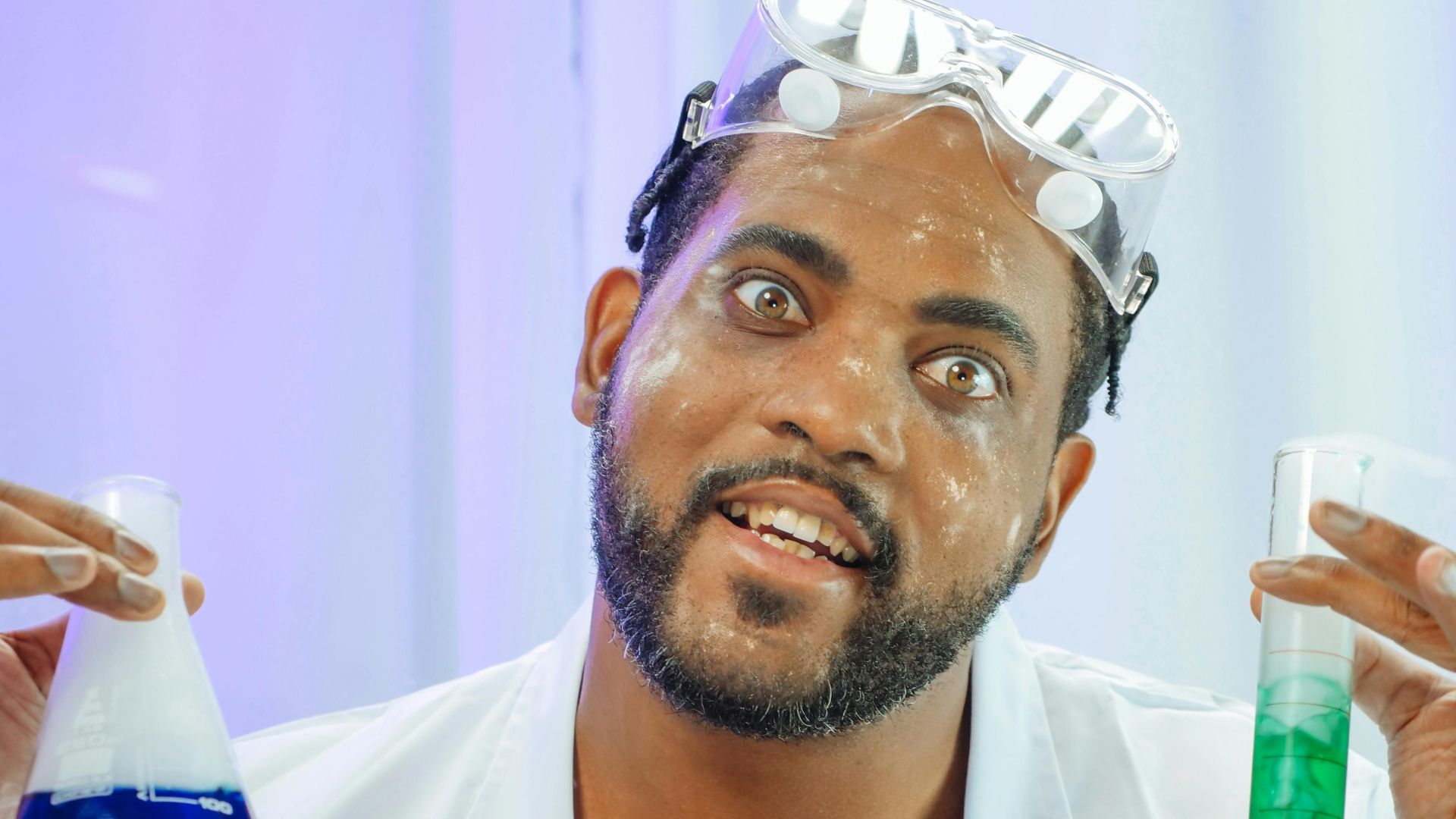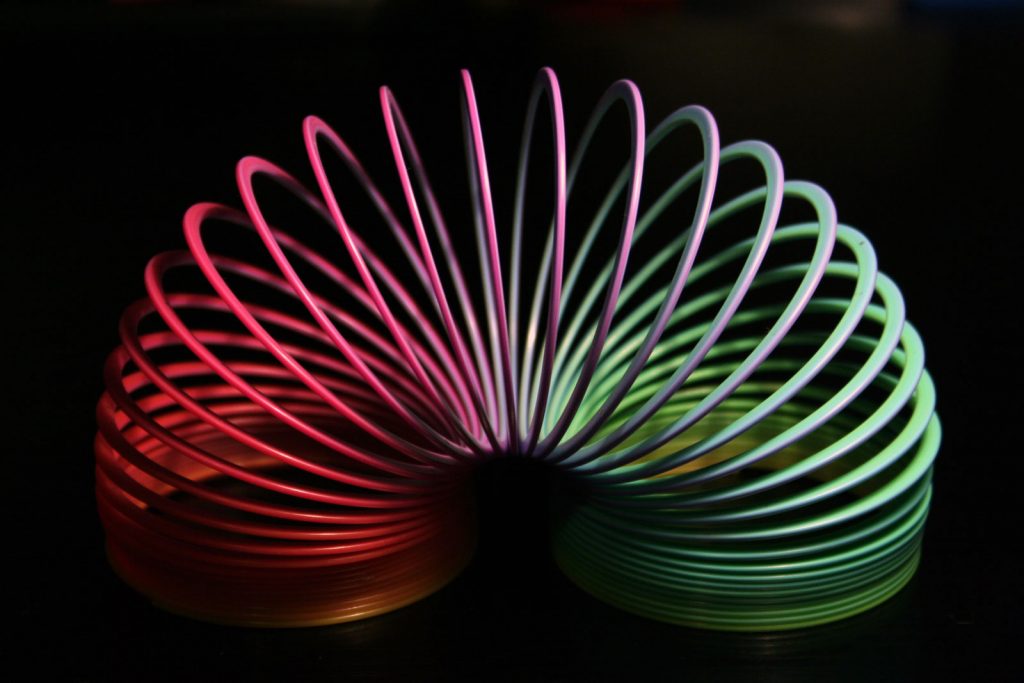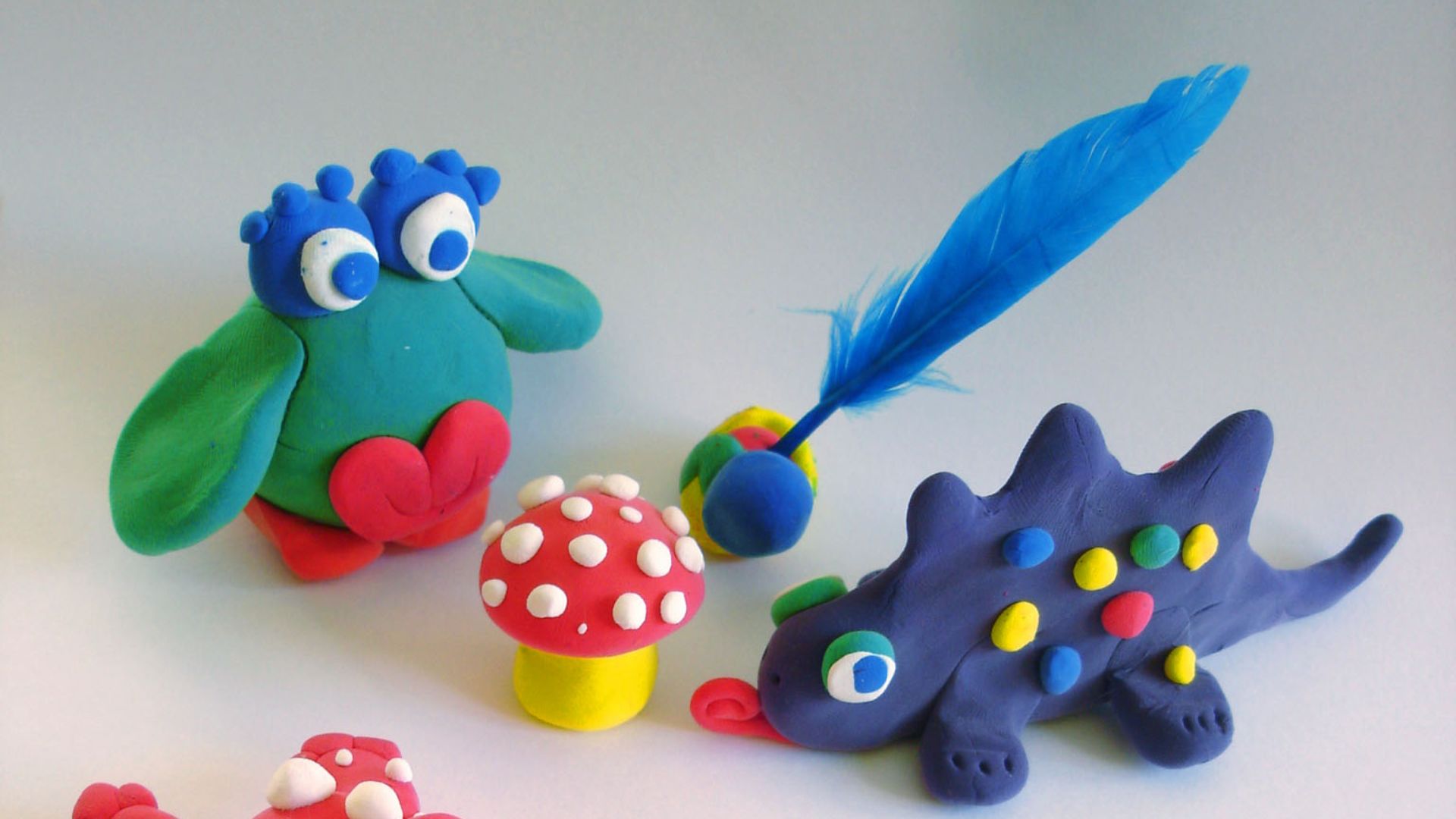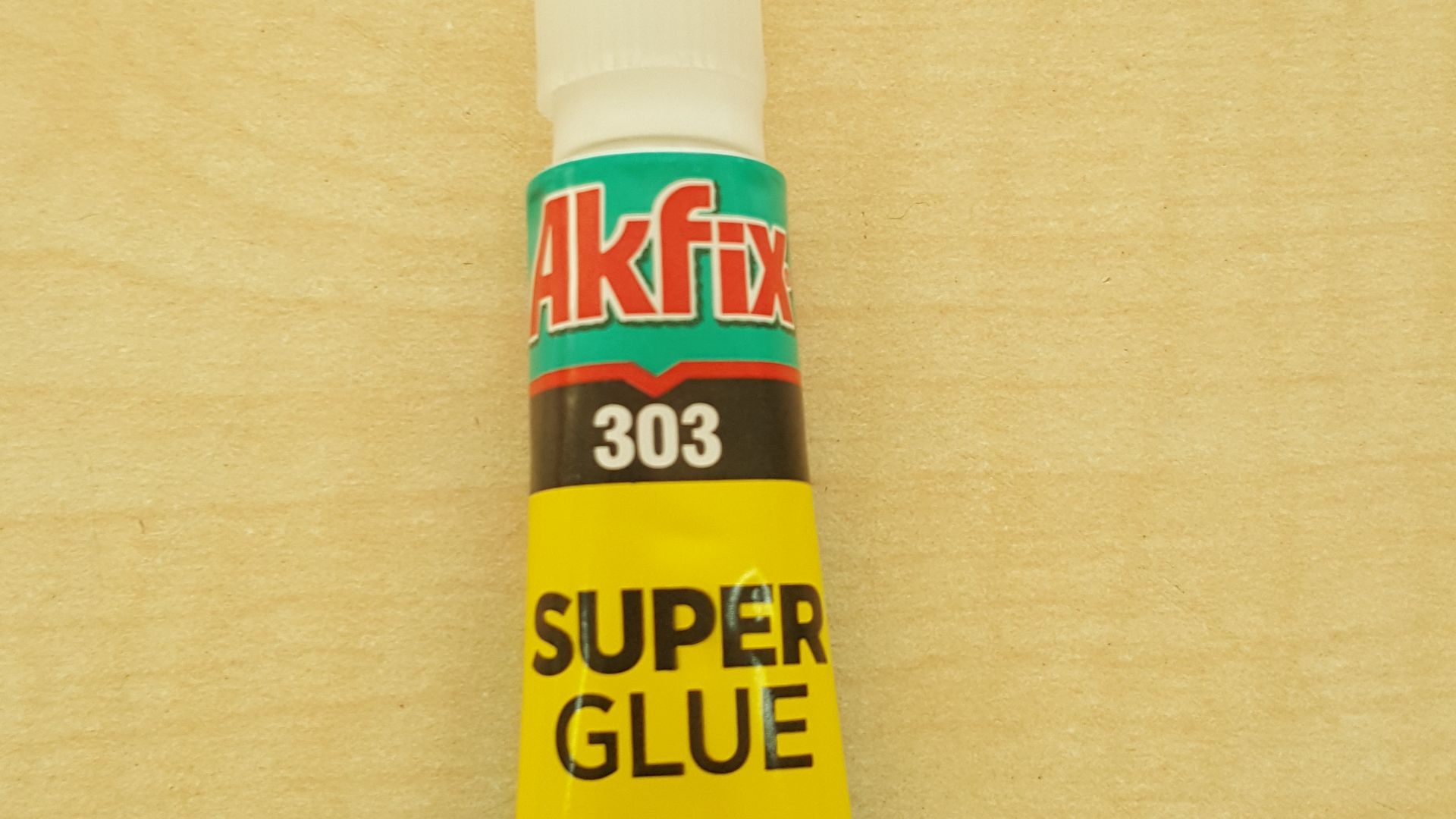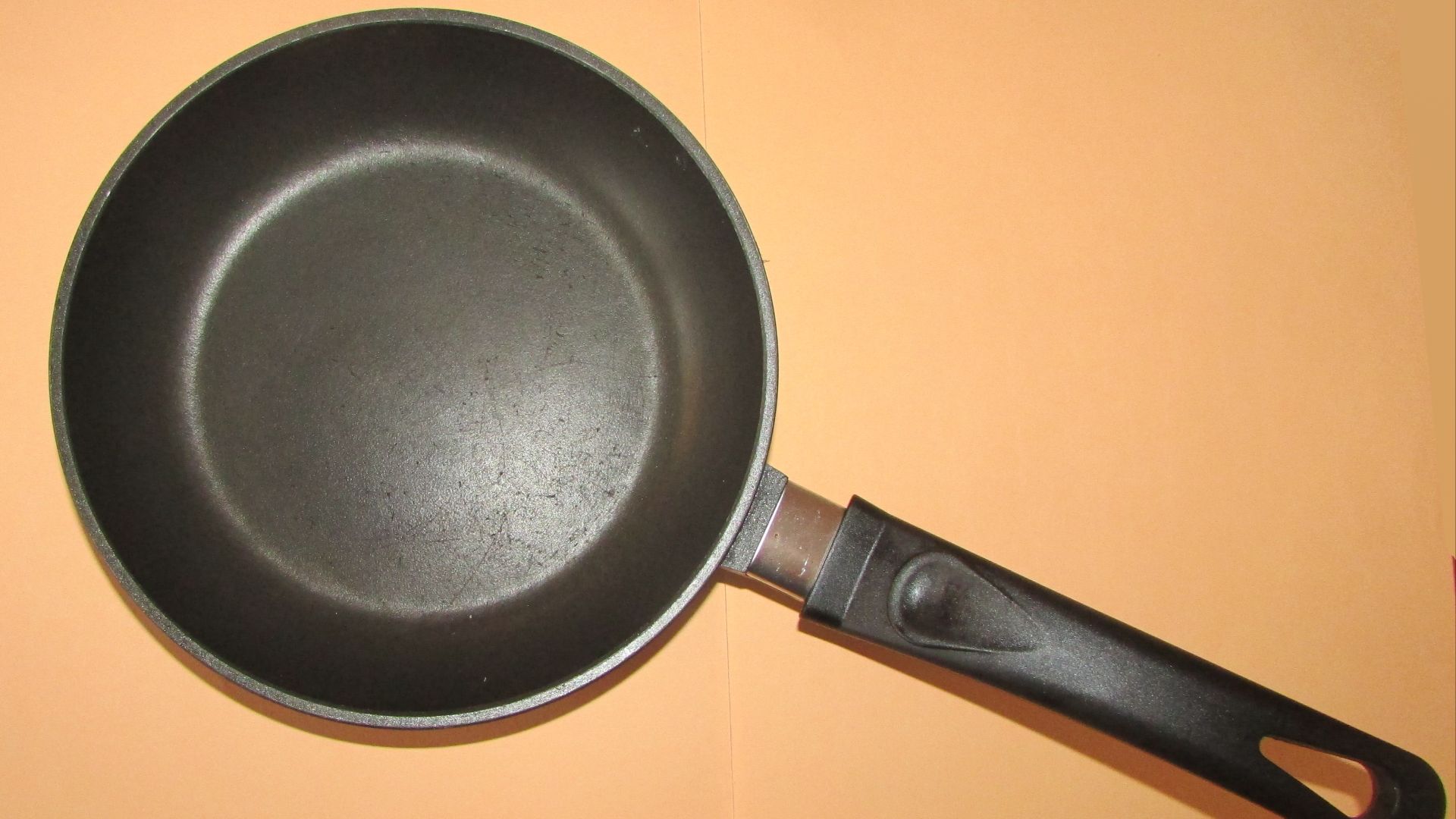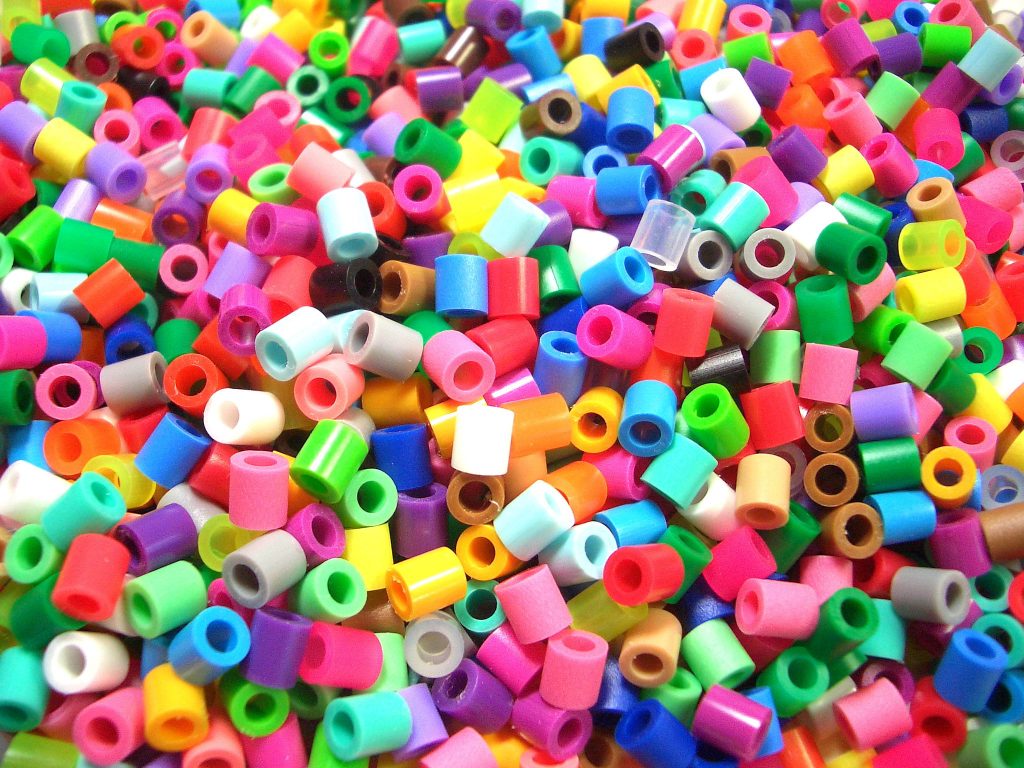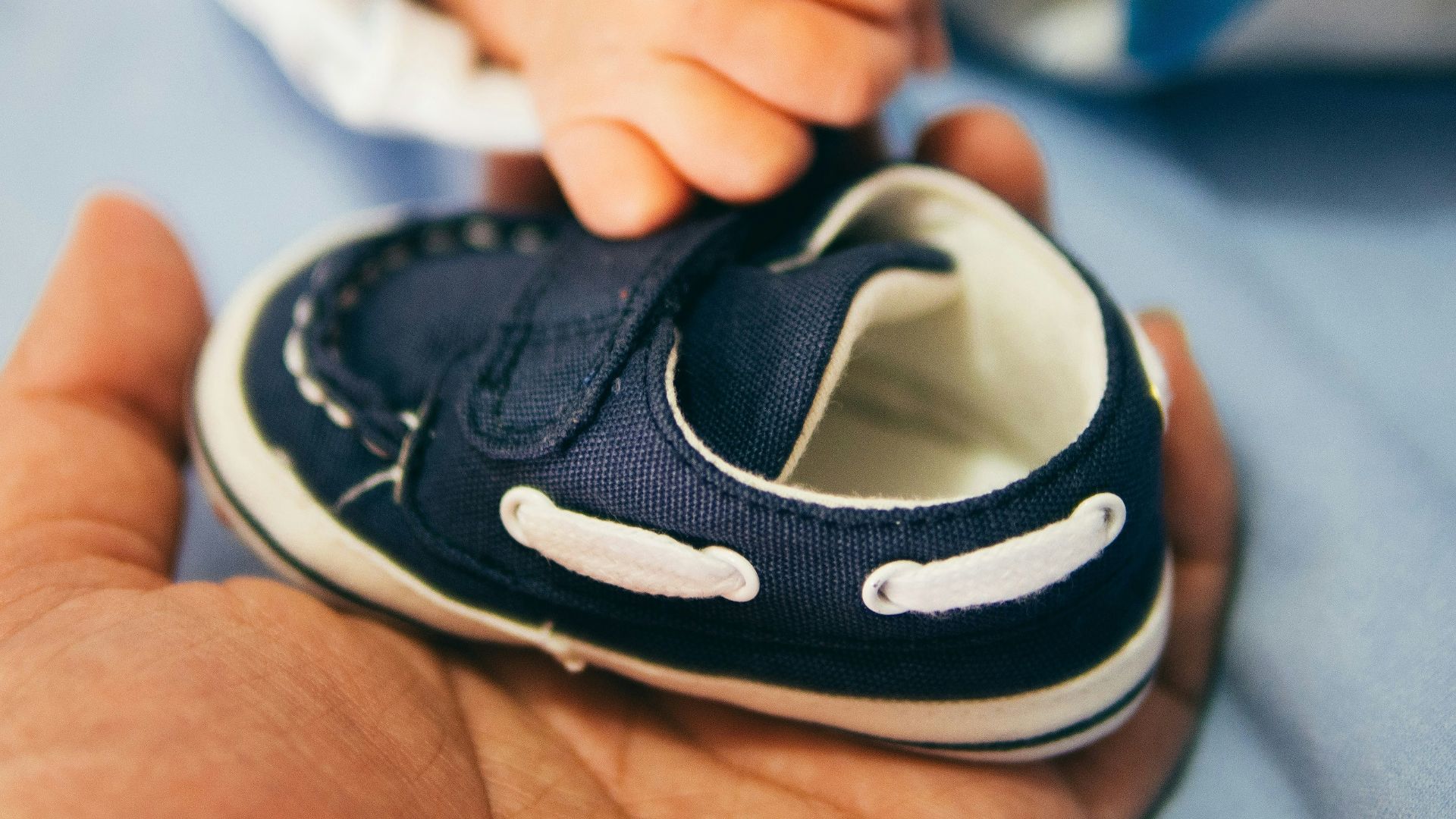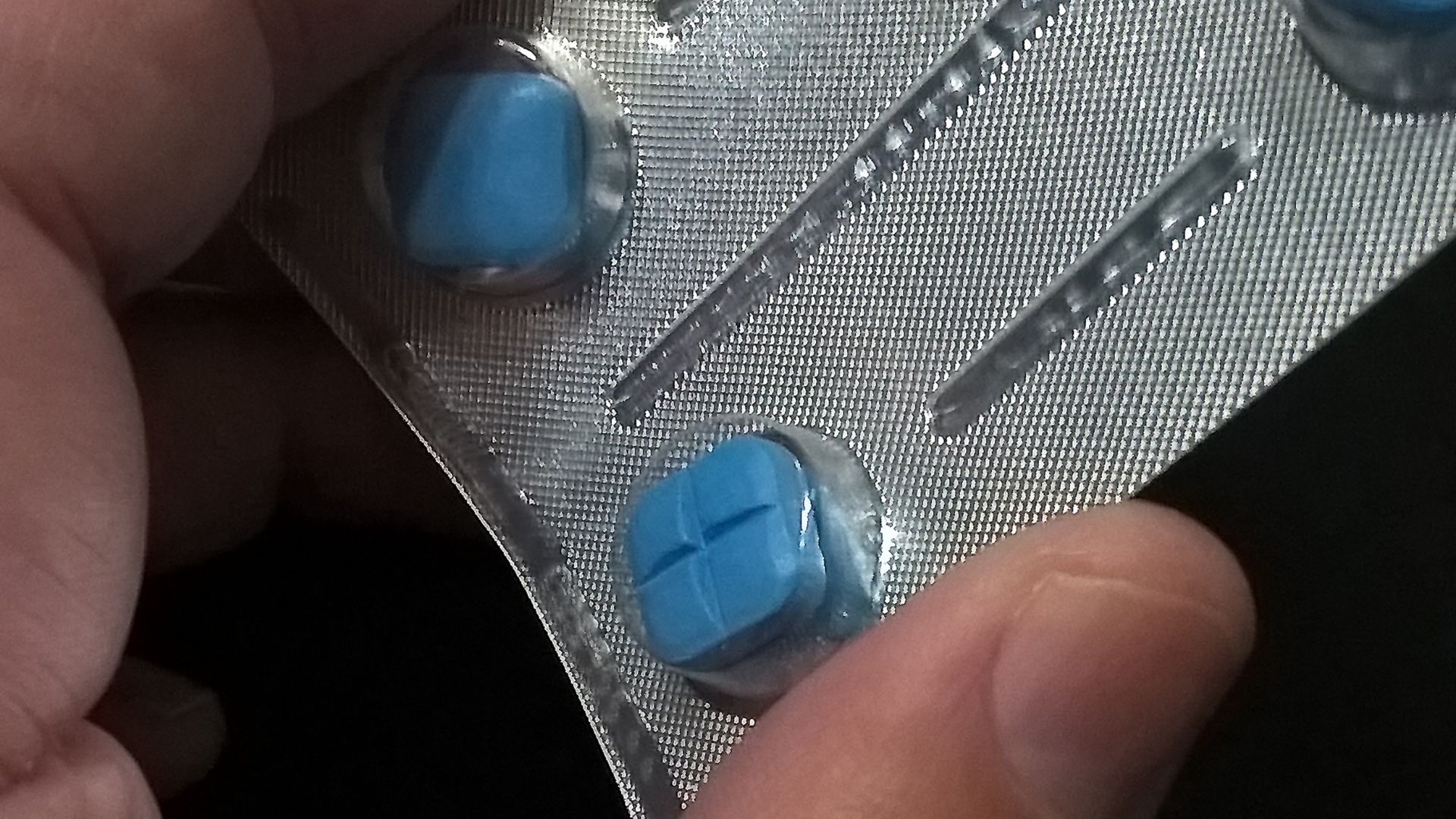For Better or For Worse
Necessity may be the mother of invention, but sometimes it’s dumb luck that shows up instead and you end up with an amazing discovery that you never knew you wanted. Science is weird like that. So, in the spirit of discovery, let’s take a look at a few things you probably didn’t realize were invented purely by accident.
20. The Microwave
Chances are you have one of these sitting on your counter right now.
But would you believe that in 1946, the microwave was a total surprise to Percy Spencer? Spencer, a military engineer working on “radar research” for the Raytheon Corp, was toying around with electromagnetic waves in his lab when he realized that the candy bar in his pocket had melted. Sensing he may have found something cool, (but clearly not aware of the health risks) he grabbed a handful of popcorn kernels and held them up to the device. They popped in his hand, and voila! 70 years later, your hot pocket is ready to burn the roof of your mouth.
19. Saccharin (Sweet N Low)
In the 1870s, Russian chemist, Constantin Fahlberg, was working in a lab on coal-tar derivatives, seeing how they react to phosphorus, chloride, ammonia, and other chemicals. At some point in his research, Constantin’s beaker overflowed and the chemicals got all over him. Afterward, he went home and began to eat dinner. When dinner was unusually sweet, he rushed back to the lab and licked everything he had used that day and eventually discovered Saccharin. Now it’s in all your “sugar free” and “diet” sodas. All because one dude didn’t wash his hands.
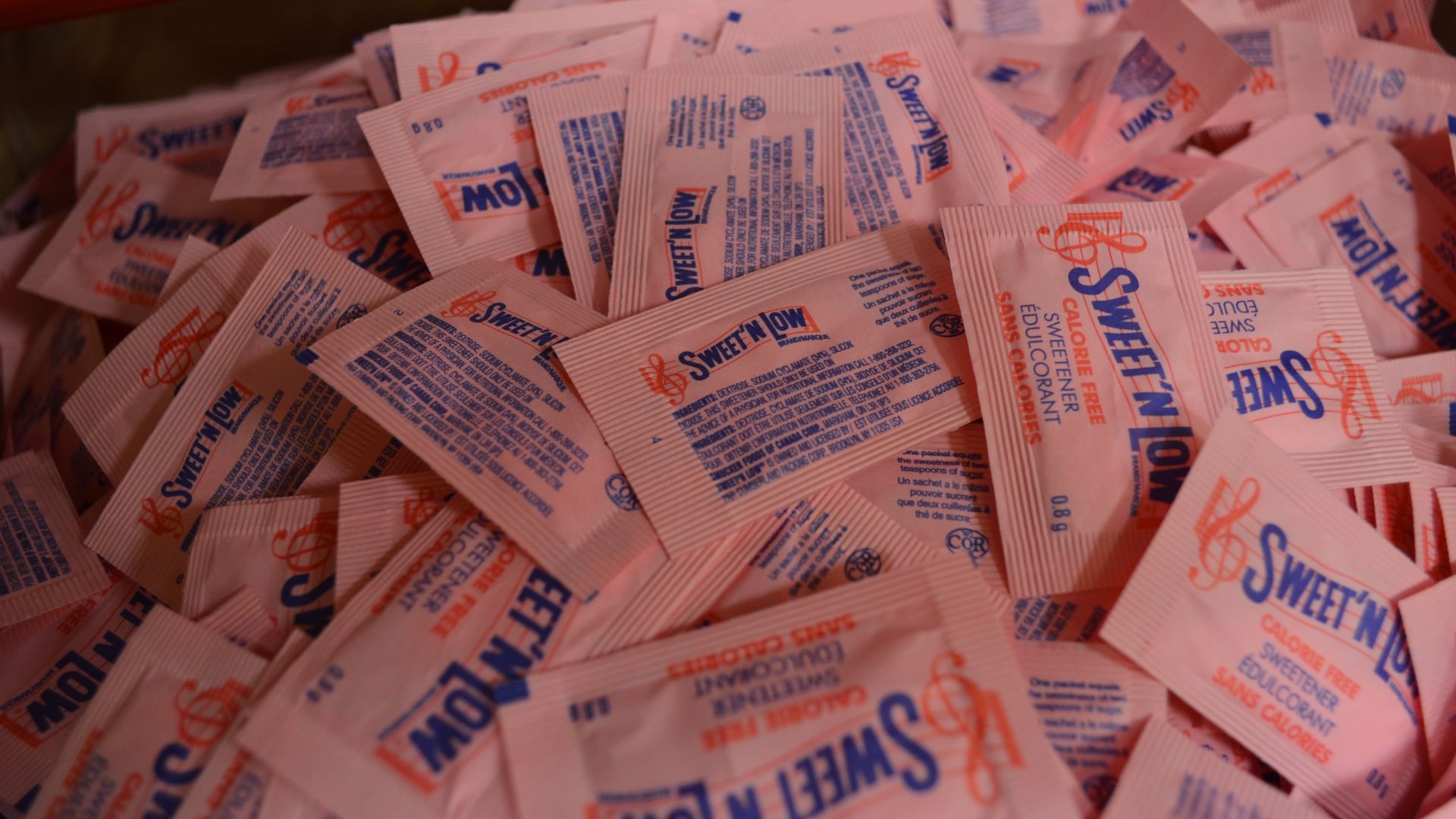 Raysonho @ Open Grid Scheduler / Grid Engine on Wikimedia
Raysonho @ Open Grid Scheduler / Grid Engine on Wikimedia
18. Slinky
Richard Jones, a naval engineer during WWII, had been hard at work trying to figure out how to use springs to keep the sensitive instruments on naval ships from rocking around, when he accidentally knocked his prototype spring over. As he watched it fall, he noticed it just sorta “slinked” over the edge, then righted itself. Seeing the appeal, he sold it as a child’s toy which became one of the most famous toys of 20th century, selling over 250 million slinkys to date.
17. Play-Doh
One of the most iconic toys of all time used to be a cleaning product. Back in the early days, Play-Doh was marketed as a wallpaper cleaner. Unfortunately, it wasn’t particularly good at that job and Kutol Products, the substance’s inventor, found themselves going bankrupt. In a stroke of pure dumb luck, they discovered teachers had been using the product in their classrooms for arts and craft activities with their students. So they reworked the formula, adding colors and removed the cleaning chemicals, and it became an instant success.
16. Super Glue
Harry Coover was a man with a dream, and that dream was to invent a new precision weapon sight. Instead, he somehow made cyanoacrylate, which was just a sticky gooey mess. Because that wasn't at all what he was looking for, it was quickly forgotten. Nine years later, Coover was working on airplanes and somehow that same gooey mess popped up again. This time, Coover realized that it formed an incredible bond without needing heat. He began sticking all kinds of things together, and, sadly, instead of becoming a glue-based superhero, Dr. Coover patented his goo and started to sell it as Super Glue.
15. Teflon
Remember tetrafluoroethylene? Well, back in 1938, Roy Plunkett was playing in his lab testing chemical reactions to tetrafluoroethylene when some of the gas leaked. What he investigated the leak he saw little flakes that had a super high melting point and worked really well as a lubricant. Because this was WWII times, it initially was used by the military, but now almost everyone has some acting as the protective, non-stick coating on a frying pan in your kitchen. So the next time your omelette doesn’t stick, thank CFC’s and Roy Plunkett!
14. Bakelite
In 1907, Leo Baekeland was trying to find a replacement for shellac. But, you know the drill by now, he failed. He succeeded however, in combining formaldehyde and phenol (an acid extracted from coal tar) and realized that if he controlled the temperature and pressure applied and mixed it with whatever he had laying around (wood flour, slate dust, asbestos) he could make a moldable material that was non-conductive and heat-resistant. He called it Bakelite, but we call it plastic.
13. Pacemaker
There was a time when, if your heart started acting funny, you either got hooked up to a TV-sized box or perished. Luckily, in the 1950s, Wilson Greatbatch messed up his prototype for recording heart sounds when he grabbed a 1 mega-ohm resistor instead of a 10,000 ohm resistor out of his box of resistors and plunked it down on his circuit board. Greatbatch realized he could use the precise current to regulate a pulse and remove the need for the previous cumbersome apparatus. While this pretty much ruined his original project, it did revolutionize the pacemaker.
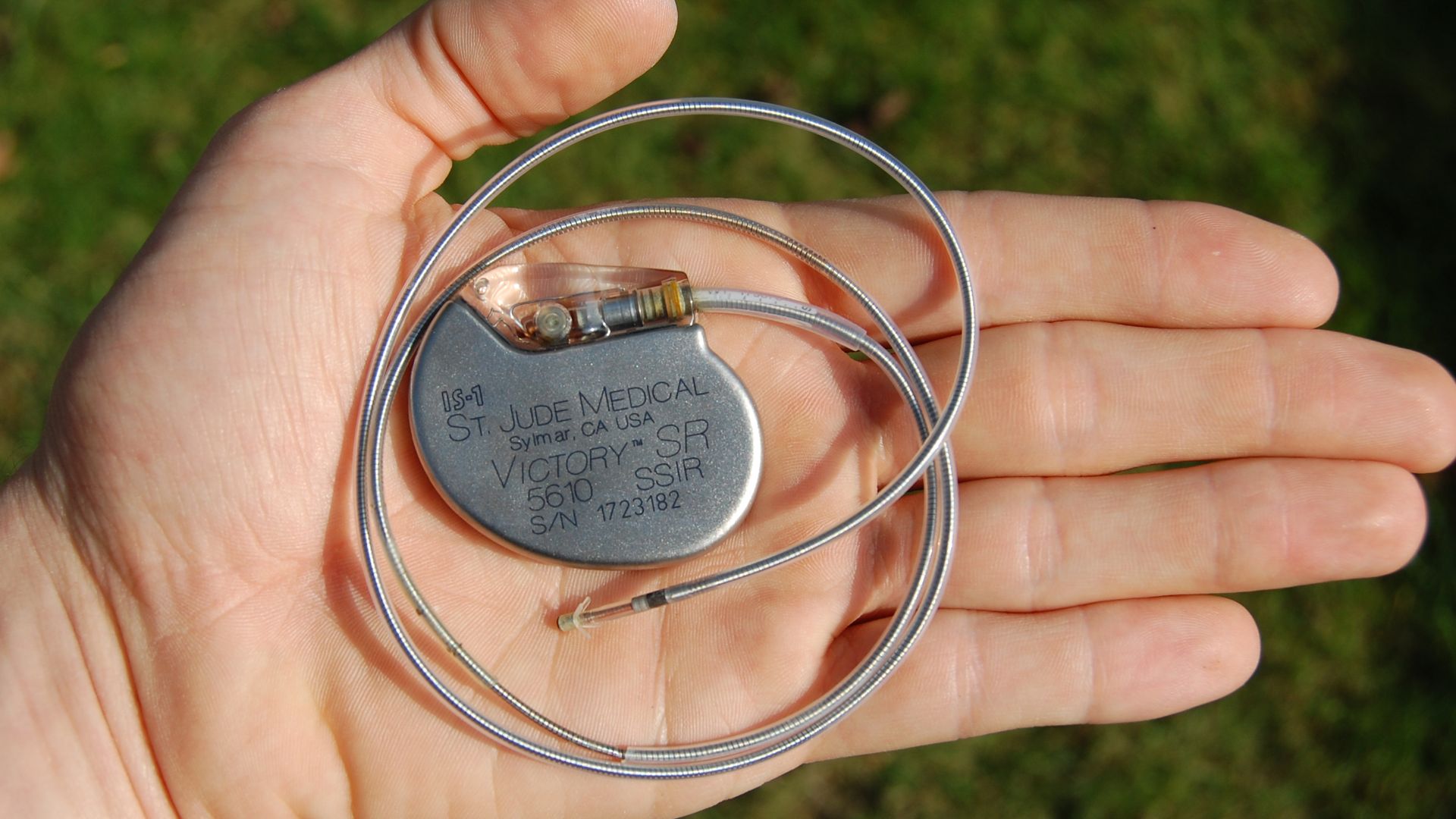 Steven Fruitsmaak on Wikimedia
Steven Fruitsmaak on Wikimedia
12. Velcro
Of all the things on this list, this is the only one to be invented by a dog. (Sort of.)
George de Mestral had taken his dog out on a hunting trip and, when he got home, he had noticed the pup was covered in burrs. Curious, he looked under a microscope and observed the “hooks” that allowed the burrs to stick to almost anything. For years Mestral tried to replicate the effect until he finally landed on nylon, and Velcro was born. 20 years later, NASA popularized Velcro and poor George and his dog were all but forgotten.
11. Penicillin
After a vacation to Scotland, Sir Alexander Fleming came home to an extremely messy lab and noticed a petri dish containing an infectious bacteria. Staphylococcus aureus had become contaminated with the mold, Penicillium notatum. Instead of thinking this was gross and throwing the whole thing out, he did some tests and discovered that the mold had stopped the bacteria from growing. After a few weeks of tests, the world’s first antibiotic was confirmed. Sometimes the universe just throws you a bone every now and again.
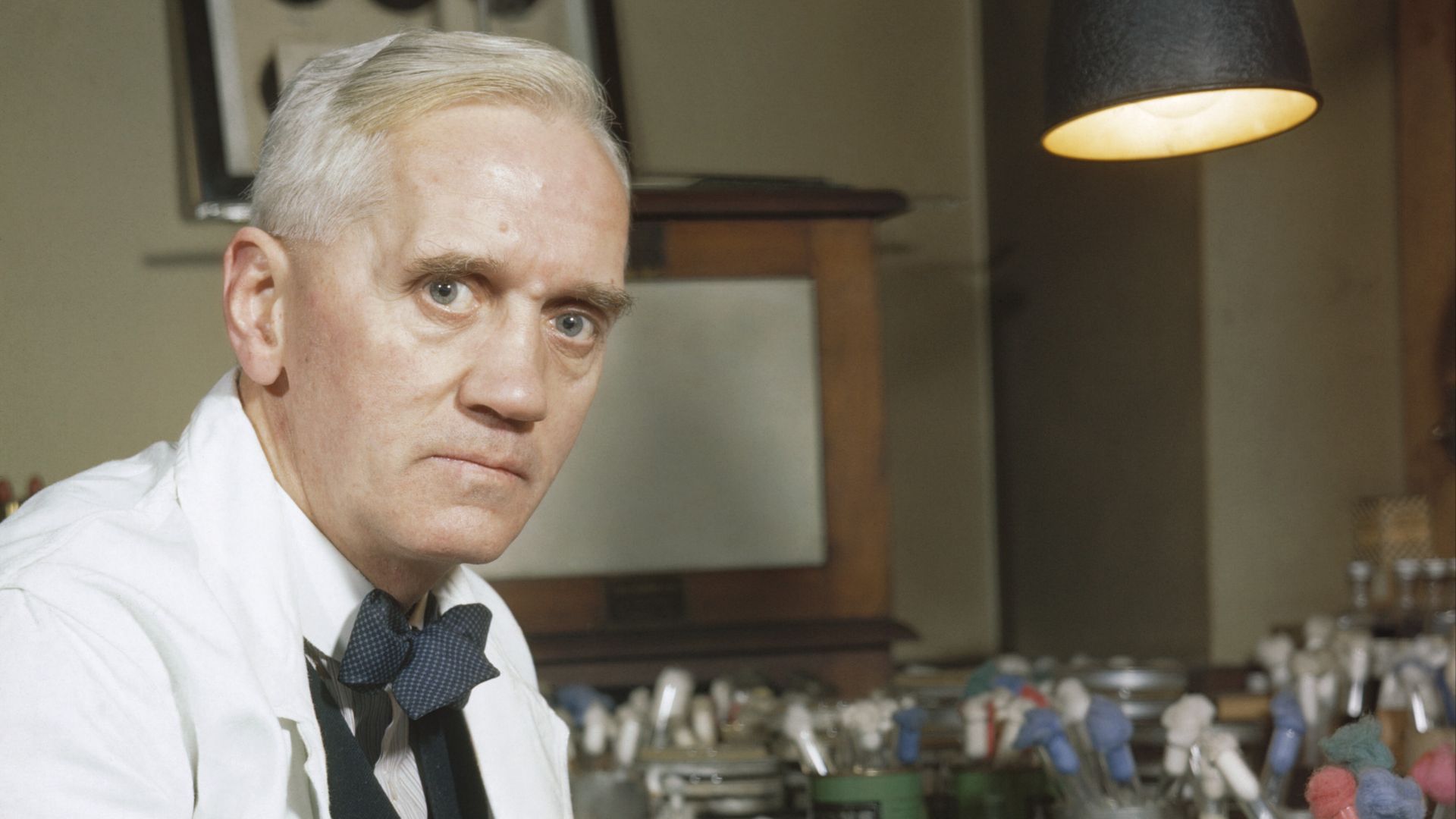 Official photographer on Wikimedia
Official photographer on Wikimedia
10. Chocolate Chip Cookies
Ruth Wakefield wanted some chocolate cookies but she was all out of baker’s chocolate. That wasn’t going to deter ol’ Ruth though, so she grabbed some sweetened chocolate she had laying around, broke it into bits and tossed it in the cookie dough expecting the chocolate to melt in the oven. Oddly, the bits of chocolate stuck in the cookie and the chocolate chip cookie was born. Shrugging it off, Ruth served them at her inn, the Toll House, and the rest is history.
9. Potato Chips
In 1853, George Crum was working at the Moon Lake Lodge resort in Saratoga Springs, New York. He was having a particularly rough day when a customer kept sending back his french fries claiming they were “too thick and not crispy.” Crum kept trying, and the customer kept sending them back. Eventually Crum got fed up, so he cut the potatoes ridiculously thin, and fried them until they were hard as a rock. The customer loved them. Eventually he began serving these “potato chips” as a regular item and they are now one of the most popular snack foods in the world.
8. LSD
Albert Hofmann had been researching lysergic acid derivatives in 1938, when he unintentionally swallowed some LSD during research. Hofmann then made history, taking the world’s first unintentional acid trip. Luckily for him, the experiment was a successful trip.
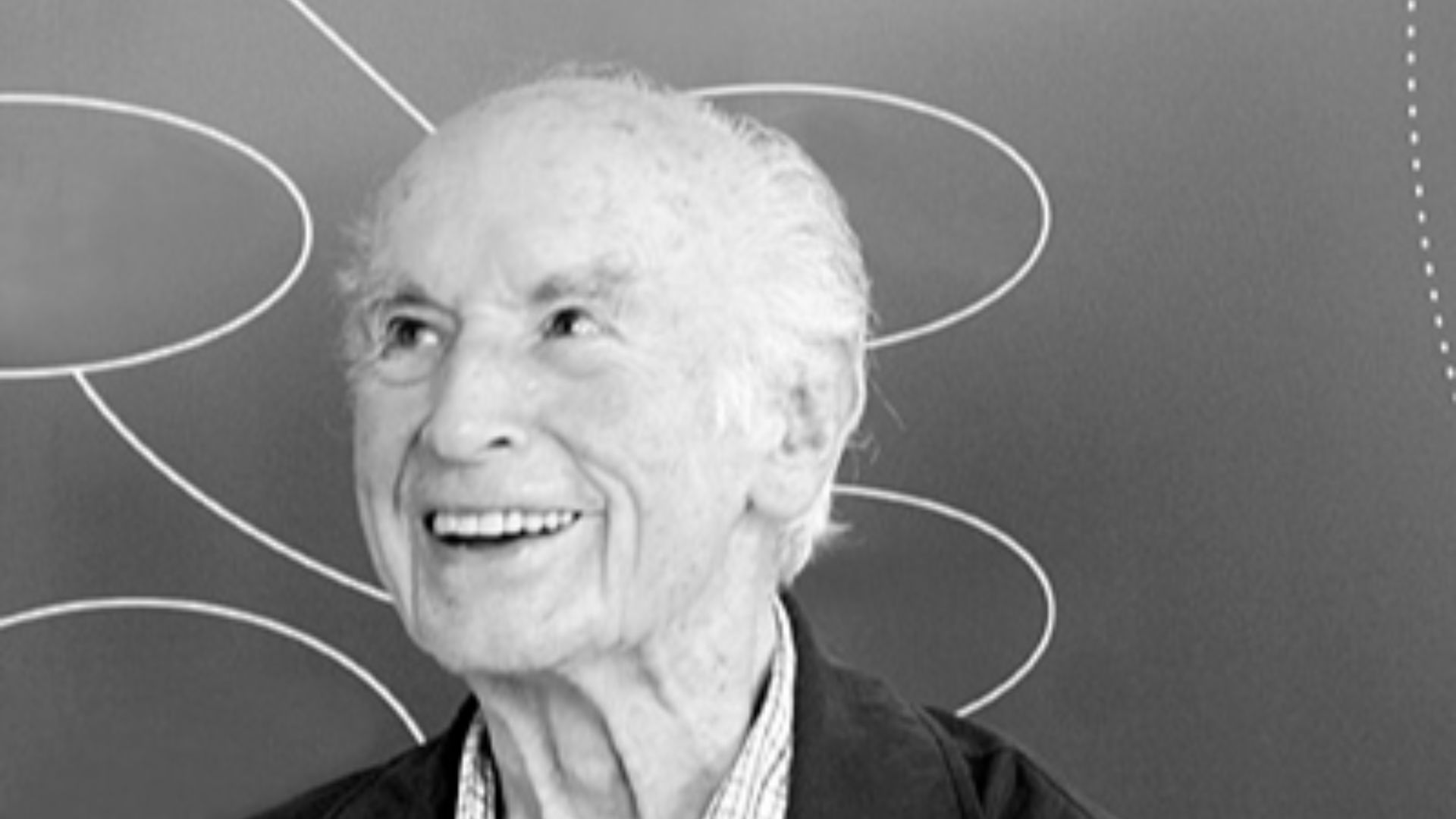 The original uploader was Stepan at German Wikipedia. (Original text: Stepan) on Wikimedia
The original uploader was Stepan at German Wikipedia. (Original text: Stepan) on Wikimedia
7. Gunpowder
In the ninth century, Chinese alchemists were trying to invent an elixir for eternal life. In their quest, they decided to mix saltpeter, sulfur, and charcoal. Much to their surprise, they invented gunpowder, which is basically the opposite of what they were going for.
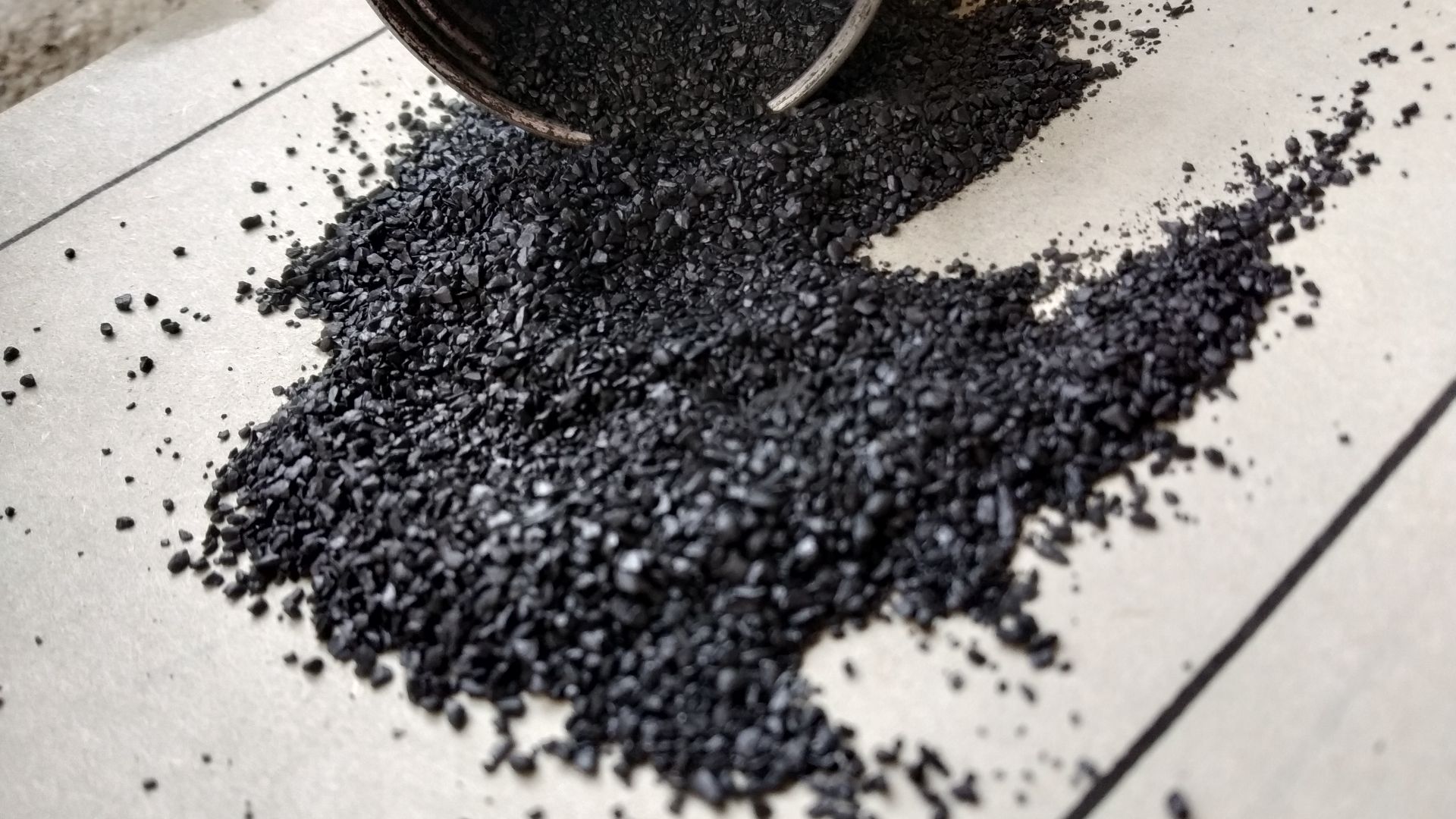 Satirdan kahraman on Wikimedia
Satirdan kahraman on Wikimedia
6. Matches
In 1826, chemist John Walker scraped a stick covered in chemicals on the floor in front of the fireplace. (Seriously, these guys just didn’t get the concept of lab safety.) Much to his surprise, it ignited. He then started selling the world’s first strikable matches from his pharmacy. Unfortunately, he wasn’t into patenting the idea, so Samuel Jones came along and started selling “Lucifers” which is the best name for matches we can think of.
5. Viagra
Depending on who you ask, this may just be the best accidental invention of all time. Synthesized by a group of chemists working at Pfizer, they were looking for a treatment for hypertension and angina. The drug they created, Sildenafil, was quickly discovered to have other side effects. When clinical trials revealed the drug had little effect on angina, but significant effects on other assets, the suits at Pfizer decided to begin marketing the drug to treat ED. It quickly reached sales in excess of 1.9 billion dollars. Not bad for a total failure.
4. Vulcanized Rubber
In the 1830s, the market for natural rubber was plummeting as quickly as it had risen. See, when it got really cold, natural rubber would crack, and when it got hot it would melt. Charles Goodyear, a hardware dealer on the verge of bankruptcy, became obsessed with overcoming these issues. But failure after failure put him into debt and eventually debtors prison. One fateful night, while visiting a store to show off his latest rubber, Goodyear accidentally flung the sample, which landed on a hot stove. The result was a charred rubber substance, weatherproof rubber, and it was a total mistake. Sadly, Goodyear passed away in debt, but the Goodyear tire company was named in his honor. There’s always a silver lining.
 Tristan Beischel @Autoily.com on Unsplash
Tristan Beischel @Autoily.com on Unsplash
3. Popsicles
If you had to guess who invented popsicles, would you think it was an 11-year-old boy from San Francisco? In 1905, Frank Epperson made an invention that would change summer days for children all over the world, and he did it by mistake. Back in the early 1900’s, “Soda Pop” was super popular, but Frank wanted to make his own. He decided to take some water and flavored powder and mix them together. It was good, but not good enough to make Frank think to bring it inside that night. The next morning he found his drink had frozen, the stirring stick stuck in the middle. He popped it out of the cup, licked it, and the popsicle was born. In 1923, he decided to patent the idea under the name “Epsicle”. His kids told him that was a dumb name, and suggested the name be “popsicle,” a combination of “pop’s” (from soda pop) and “sicle” (icicle), which is probably for the best.
2. Silly Putty
WW2 was a treasure trove for accidental inventions. During the war, Japan decided to cut off America’s supply of rubber. The government was begging citizens to donate any and all items made of rubber to the war effort, but it wasn’t enough. In an attempt to create their own rubber, James Wright, an engineer working for General Electric, noticed the United States had a ton of silicone just laying around. Thinking maybe that could be the solution to the problem, he mixed Boric Acid with some silicone oil and ended up creating this goo that, while not at all like the synthetic rubber he had set out to make, was still pretty neat. The government wasn’t all that interested in “pretty neat” though, so they told him his goo was useless. In 1949, Peter Hodgson was unemployed and looking for something to do when he stumbled across Wright’s goo. He borrowed $147 and bought the rights for the goo from GE who weren’t doing anything with it, and named it “Silly Putty.” It was close to easter, so he packed it in plastic eggs and soon every kid in America wanted it.
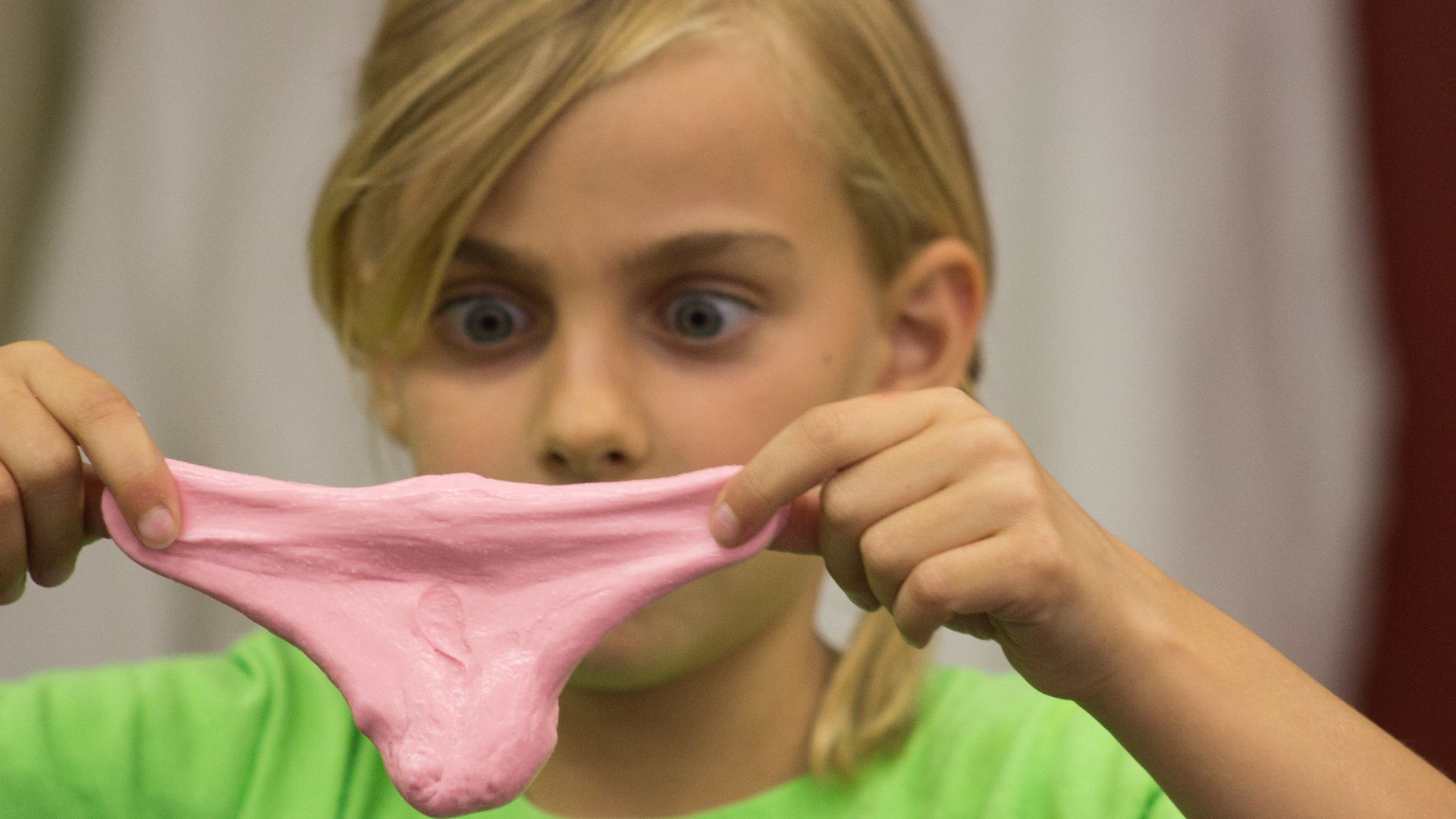 University of the Fraser Valley on Wikimedia
University of the Fraser Valley on Wikimedia
1. Post-its
Spencer Silver, a chemical engineer working for 3M back in 1968 was trying to invent a strong adhesive for the aerospace industry. Unfortunately, “strong” and “weak” are different sides of the same chemical coin, and Spencer ended up making weak acrylic microsphere adhesives that remained sticky after many uses. 3M thought they were useless. Five years later, Art Fry, a choir singer, was frustrated. Everytime he opened his book of hymns, his paper bookmarks would fall out. He knew Silver and essentially asked for his adhesive paper, though 3M said no. So another three years passed and a man named Geoff Nicholson, a lab manager at 3M, thought the idea was great and the suits at 3M were making a mistake. He had the lab team make a bunch of samples that they handed out for free. Everyone loved them, and the Post-it was born. Take that, corporate overlords!


